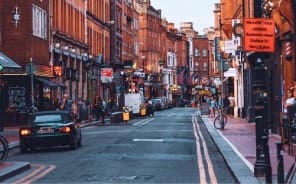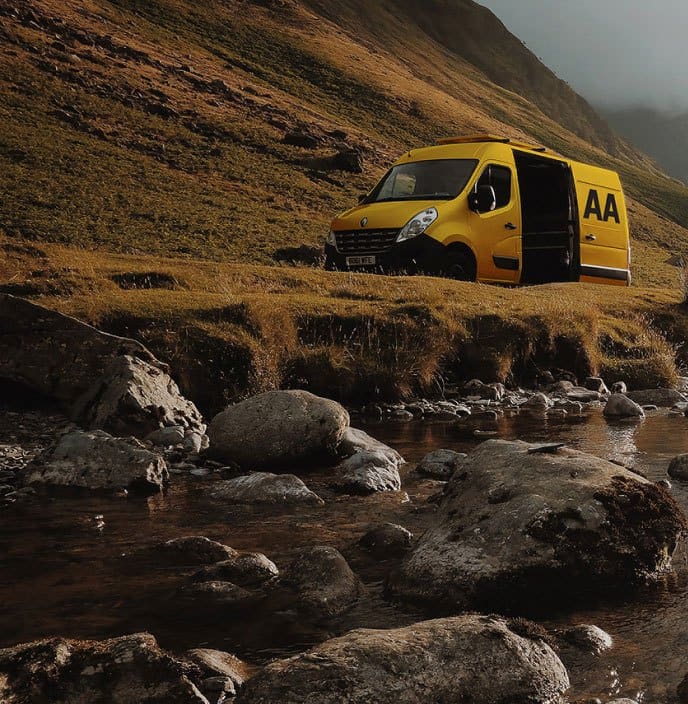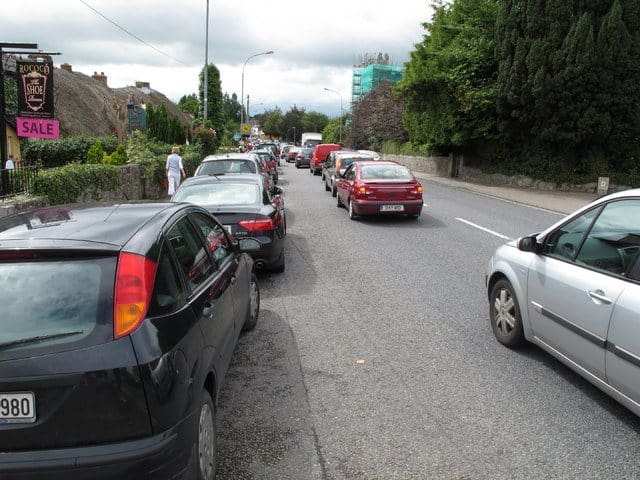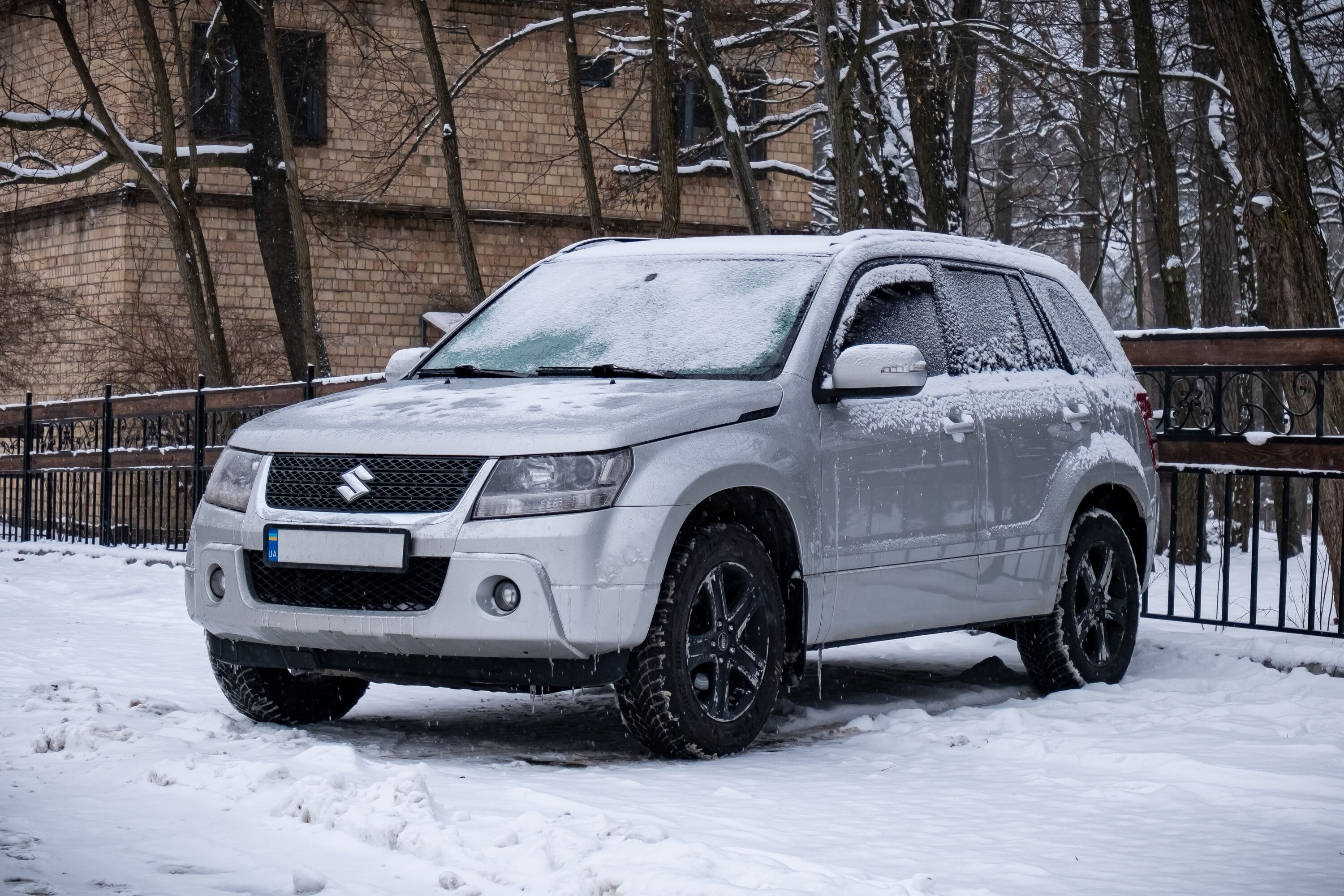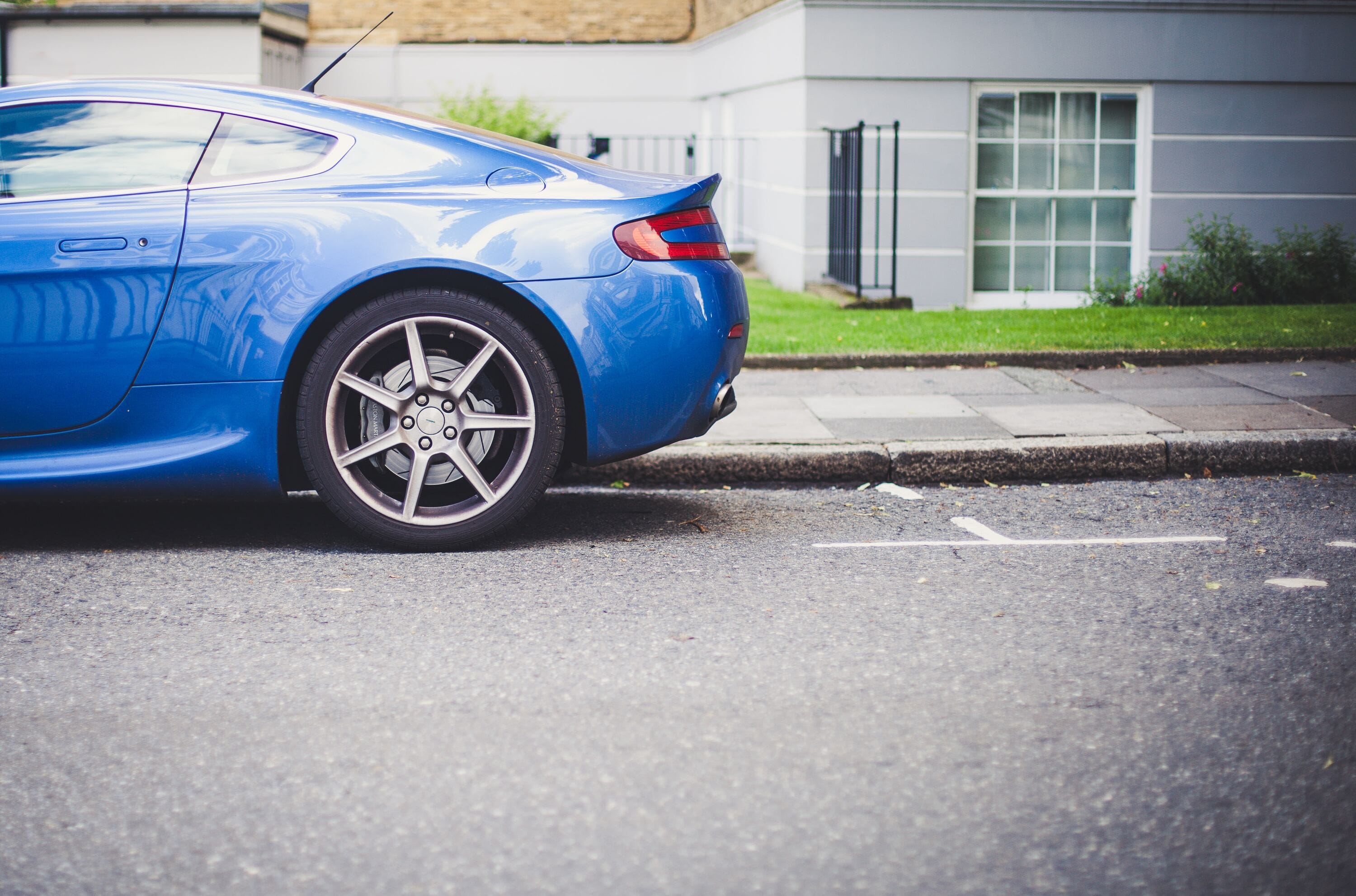Too many of us take our driving licences for granted, especially once we have been on the road for a while. So naturally there is no shortage of myths flying around – whether online or by word of mouth – on all aspects of driving, vehicle maintenance and road safety. Some are plain silly, others are downright dangerous. We thought it was about time we took a few of them to task.
MYTH 1: You can drive 10% over the speed limit

This is one of the most enduring and pervasive myths, but it’s just not true. The speed you see on road signs is the maximum permitted speed in perfect conditions – it’s not a target. Therefore, if you exceed it, you are in breach of the law and the Gardaí are perfectly entitled to charge you with speeding. Don’t take the risk.
MYTH 2: Winding down the window and listening to loud music helps with driving fatigue


Everyone now knows that driving when tired is dangerous, with even the slightest lapse at the wheel potentially proving fatal. Therefore, drivers use all sorts of strategies to stay alert – but they aren’t always a good idea. Winding down the window to let the cold air in, or blasting some Metallica, may perk you up for a very short time, but they may also prove distracting, and they certainly won’t give you the sustained alertness that you need to be able to drive safely.
There are some strategies that do work, though. First and foremost, there’s really no substitute for stopping and resting. Plan ahead, allow more time for your journey and stop in a safe place for a 20 minute nap and a coffee. That’s right, caffeine does work – and if you have company then why not share the driving? That way you get to sleep on the move.
MYTH 3: You can save money by buying part-worn tyres
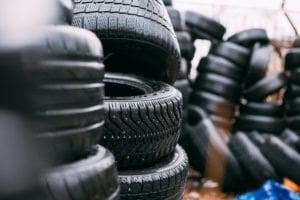

When money is tight, it might be tempting to try saving a bit of cash by buying second-hand tyres. But in reality, it’s a false economy – depending on price, you may have to buy and fit three sets of part-worn tyres in order to get the same lifespan as one new set.
Not only that, it could be downright dangerous. Even if the tyres exceed the minimum legal tread depth of 1.6mm, the AA recommend that you should check your tread regularly once it dips below 3mm and replace your tyres before it hits 2mm.
Why? Any less and they won’t do their jobs properly, especially in winter. And without knowing the full history of the tyres, there’s no way of knowing if they have been involved in a crash or suffered internal damage. You could be driving along with your safety resting on four little time bombs.
MYTH 4: There’s no point in servicing your car between NCTs


Servicing is not just for getting your car through the NCT – regular checks are essential for the maintenance of a healthy motor. By skimping on servicing, you run the risk of missing minor defects which could become big, expensive problems resulting in all sorts of pain. We’re talking extra maintenance pay-outs, costly replacement parts and even having to replace your car sooner than you had budgeted for.
Then there’s fuel. A poorly serviced car can use 10-20% more. You want to avoid this, since the prices of petrol and diesel have risen over the last year.
Speaking of servicing, if you’re not already an AA member, you can join here.
MYTH 5: You can never drive too slowly


Speed kills – this we know. But while most of the focus is quite rightly on the dangers of high speed, inappropriately low speed can also cause problems.
For example, have you ever encountered a vehicle crawling along on a motorway, or attempting to merge into faster traffic without building up to the speed? In that context, a car can become a hazard and the driver could be charged for dangerous driving. The golden rule here is to drive at a speed appropriate to the conditions, to stay aware of what’s around you, and when it’s safe, give way to faster vehicles if they wish to pass.
MYTH 6: Stay under the speed limit & you can’t be charged with an offence related to your speed
As we emphasised above, speed limits are not targets and you always be aware of your surroundings. Even if you stay below the limit on any given road, it’s still possible to drive too quickly – for example, if you continued at the maximum speed limit in icy conditions or on a very foggy motorway. As a driver, it’s your responsibility to tailor your driving and your speed to the conditions.
In any case, not every road in the country has been individually assessed. For those that haven’t been – often remote country roads – the default limit is 80kph. But driving at that speed along a glorified track with tufts of grass running down the middle would clearly not be wise. Common sense is king.
By law, you must not drive a vehicle at “a speed exceeding that which will enable its driver to bring it to a halt within the distance which the driver can see to be clear.” While you won’t be charged with speeding if you’re under the limit, if you’re driving too fast for the conditions, you could find yourself charged with other offences like careless driving or dangerous driving.
MYTH 7: Driving in the ‘fast lane’ on motorways
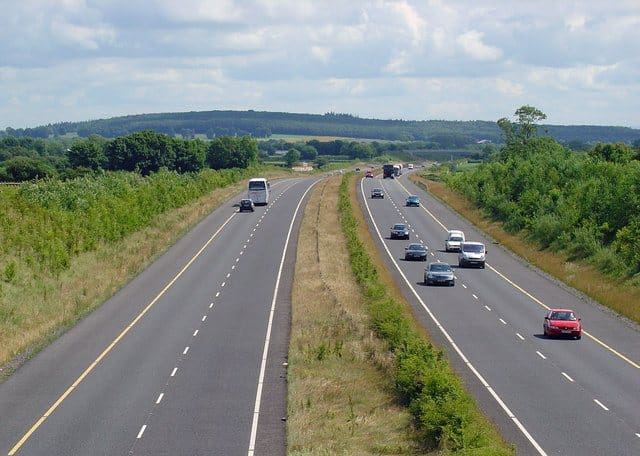

This is not called the ‘fast lane’, it is called the ‘outside lane’ (or ‘right lane’) – it’s not for going fast, but for overtaking. It is very important that you understand the purpose of each lane on a motorway.
Lane 1 is the lane nearest the hard shoulder. This is also known as the ‘inside lane’. On a two-lane motorway, the lane nearest the central median is Lane 2 (also called the ‘outside lane’). On a three-lane motorway, this is called Lane 3.
On a two-lane motorway, use the ‘outside lane’ for overtaking only and move back into Lane 1 when you have finished. You may also use this lane to accommodate traffic merging from the left.
On a three-lane motorway, you must use the outside lane only if traffic (in lanes 1 and 2) is moving in queues and you need to overtake or accommodate merging traffic. Once you’ve finished overtaking, move back to your left and allow traffic coming from behind to pass by.
(We have more Motorway FAQs here)
MYTH 8: Driving after one or two drinks isn’t drink-driving


Science says otherwise!
According to the RSA, drivers are six times more at risk of having a collision at the old legal limit of 80 mg of alcohol per 100 ml of blood (0.08), compared to a blood alcohol level of zero. The legal limit is now 0.05, but even at 0.04, drivers are twice as likely to be involved in a collision.
And why is that? Well, when you have a drink the alcohol hits your brain within minutes. Your brain activity slows and starts to close down, quickly impairing your driving skills. You might begin to focus too much on steering and miss other hazards – such as a pedestrian about to cross in front of you.
In conclusion, the only safe advice is to never, ever drink and drive.
MYTH 9: Beeping your horn is for telling people they’ve done something wrong
As much as you may be tempted to use your horn to take out your frustrations on fellow drivers, its purpose is to let other drivers know you’re there – for example when approaching a blind bridge or corner – or to warn people of a hazard ahead.
Remember too that using your horn does not automatically give you right of way. And be careful about where and when you use it – blaring your horn in a built-up area between 11:30pm and 7am is an offence unless there is a traffic emergency.
MYTH 10: Drivers pay ‘Road Tax’


There is no such thing as ‘road tax’, it is actually called motor tax and applies to most motor vehicles. It is a legal requirement in Ireland to have motor tax if you want to drive your vehicle in a public place. The revenue from this tax is used to maintain and upgrade the road network in Ireland, and it is collected by your local authority on behalf of the Government. For vehicles registered since 2008, the motor tax rate you pay is based on the level of CO2 emissions your vehicle produces.
You are also required to display evidence that you have paid (i.e., a current tax disc) on the windscreen of your vehicle.
MYTH 11: Cyclists have to use a cycle lane and must travel in single file at all times


After a change to the law in 2018, cyclists don’t have to use a cycle lane, unless it’s a contra-flow one, or on an otherwise pedestrianised street. The Rules of the Road recommends that cyclists should use the cycle lane where possible. But they may use the road too, and drivers must follow all usual rules of the road when following behind or overtaking them.
According to the RSA, on occasion it may be safe to cycle two-abreast, but you must not cycle in a manner likely to create an obstruction for other road users. You must not cycle side-by-side with more than one other cyclist and you must cycle in single file in heavy traffic.
Drivers must wait until there is a safe passing distance to overtake cyclists.
MYTH 12: Electric vehicles can’t do long journeys


They can, some have a range of up to 500km or more, and the current average range is around 300km. This will depend on the size and capacity of the battery, driving habits, weather and the type of EV. The best range EVs are larger models – they have more space for batteries and can command a higher price.
It’s important to note too that 80% of car journeys in Ireland cover distances of 20km or under.

